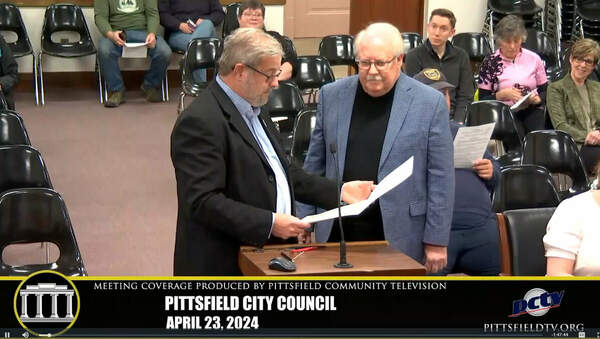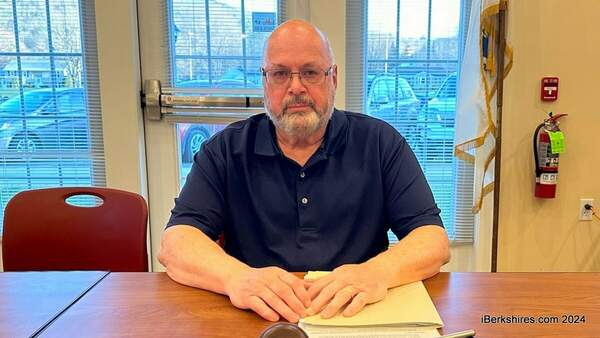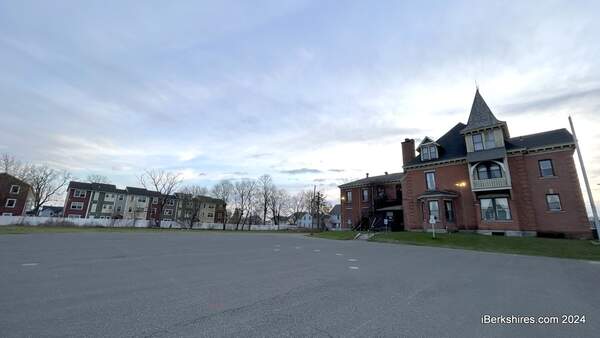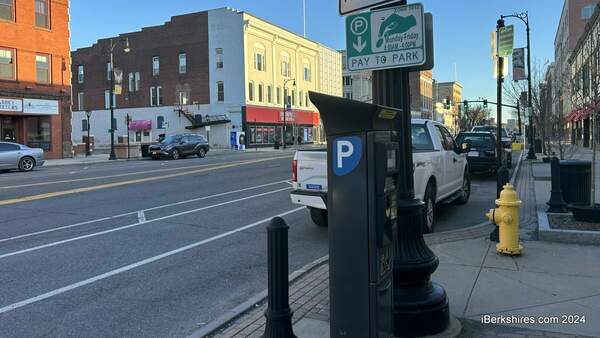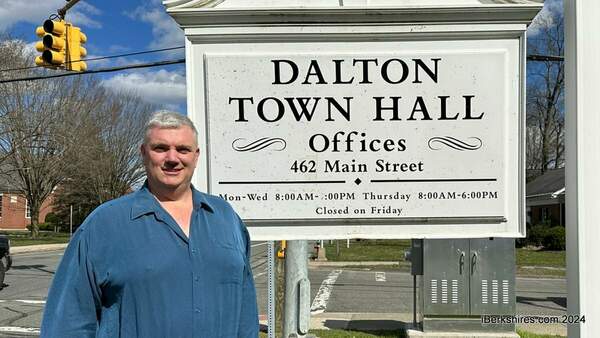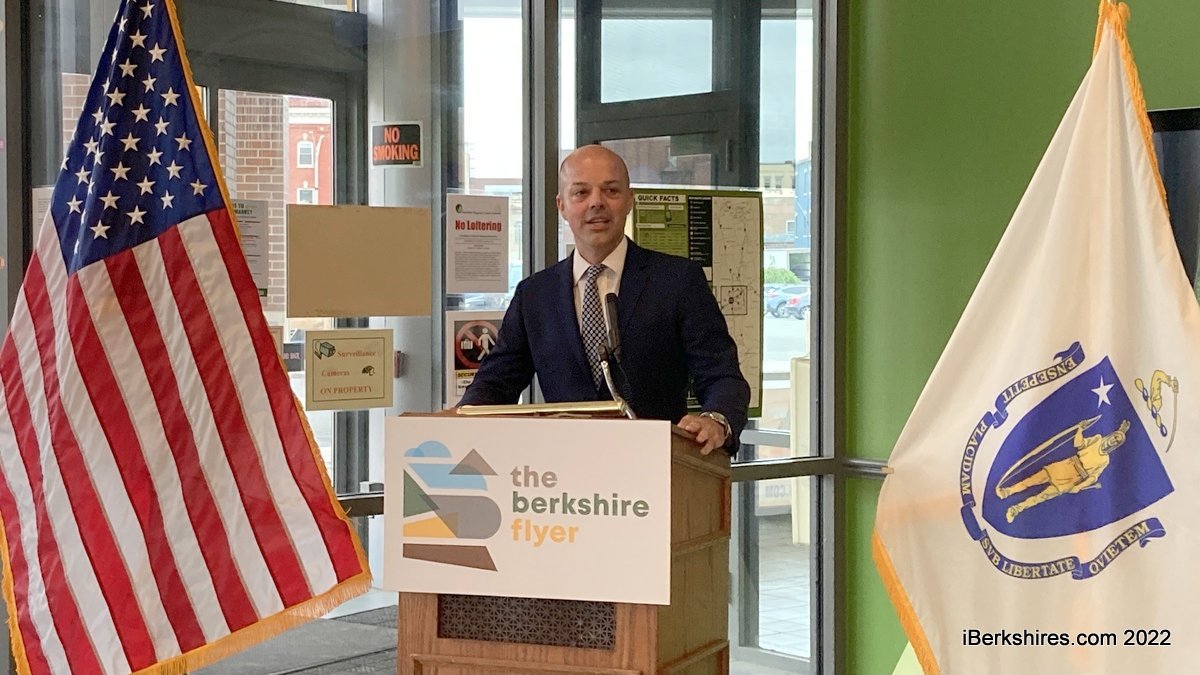
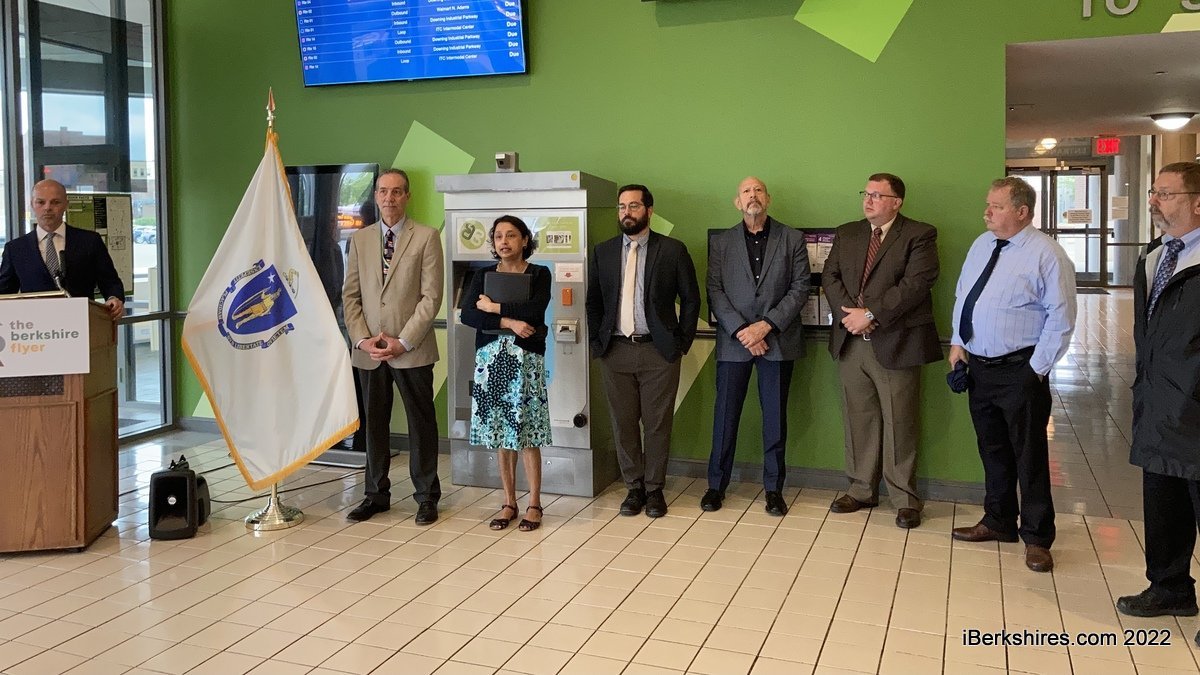
Berkshire Flyer Is First Direct Rail Connection to NYC in 51 Years
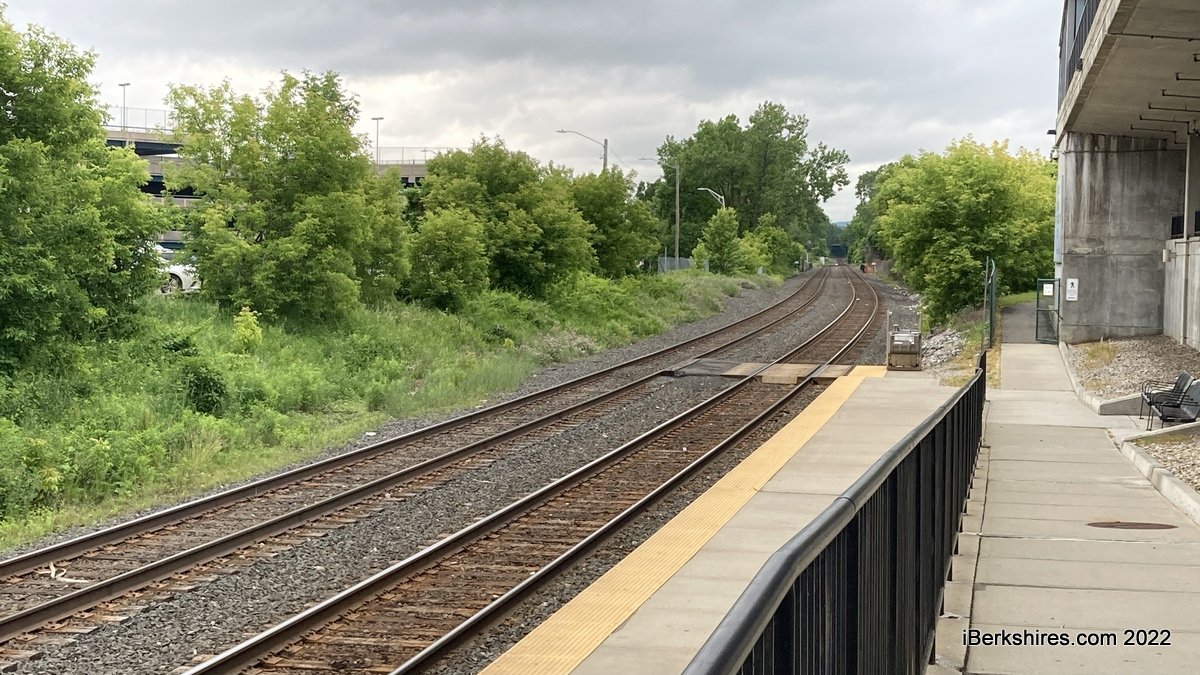
PITTSFIELD, Mass. — The Berkshires will be directly connected next month to New York City through passenger rail service for the first time in more than 50 years.
After five years of planning, the Berkshire Flyer will begin transporting people from New York's Penn Station to Pittsfield via Albany-Rensselaer in New York on July 8. Officials are celebrating this as an economic development project that will enhance one of the county's key sectors: tourism.
The flyer was championed by state Sen. Adam Hinds, who took office in 2017 when the vision for the rail service was created.
"This is an exciting day," the senator said during a press conference at the Joseph Scelsi Intermodal Transportation Center on Wednesday morning. "It's a long time coming for a lot of us."
The pilot season will run until Labor day and is being operated by Amtrak in conjunction with the Massachusetts and New York departments of transportation over the next two years. Tickets start at $55 each way.
The train will depart from Penn Station at 3:16 p.m. on Fridays and arrive at Pittsfield at 7:12. The four-hour trip will make the intermediate station stops in New York as the typical Amtrak Empire Service train does on Fridays, which includes Yonkers, Croton-Harmon, Poughkeepsie, Rhinecliff, Hudson and Albany-Rensselaer Station.
On the Sunday return trip, making all the same station stops, it will depart Pittsfield at 3 p.m. and arrive in New York at 7:05. Though there is set timing in place for his year, planners are working with Amtrak and hope to shift that in subsequent years.
Pittsfield was one of the many cities excluded from service when Amtrak took over passenger service in 1971. Since then, there has not been a direct connection to The Big Apple.
In 2017, Hinds got a bill passed to require MassDOT to conduct an economic feasibility study on the project and found it to be economically viable and beneficial to the Berkshire economy. A second study was done in the following year to work through operational details and funding was secured the year after that in the amount of $270,000 plus $100,000 for marketing.
The plans were modeled on the popular CapeFlyer that runs weekends through Labor Day between Boston and Hyannis on Cape Cod and the old "snow" trains that brought big city skiers to the Berkshire and Southern Vermont slopes every winter.
The Berkshire Flyer was intended to start in 2020 but the pandemic pushed the three-year project out to five years.
Hinds explained that the instrumental details in the process were Amtrak being on board, MassDOT moving it forward, and a negotiation with freight company CSX, which he said catapulted forward in the last year.
The process was guided by a steering committee that included Mayor Linda Tyer and two city appointees: Commissioner of Public Services and Utilities Ricardo Morales and Special Project Manager Deanna Ruffer, members of the Berkshire Regional Planning Commission, members of 1Berkshire, and members of the Berkshire Regional Transit Authority.
There are several points to the rail service's vision, one being the desire to create a service quickly with no capital costs.
"And so with no capital costs, no capital investments required having an existing passenger rail in place, we figured that this was the moment to strike and to create something like a Berkshire Flyer," Hinds explained.
"So that's the first thing we wanted something that was quick implementation and with zero capital costs."
The study found that there are nearly 600,000 households in Manhattan without a vehicle and with rail service, the county is an easy pick for traveling.
"This is the first step in a regular connection to New York City," Hinds said. "It's a seasonal weekend service but the idea is that it'll be a daily, year-round train connection between Pittsfield and the Berkshires and New York City. And so that's a key thing that we're focused on."
The steering committee has been addressing the need for transportation throughout the county after stepping off the train, also known the "The Last Mile" transportation. That had been identified as an enormous challenge because of the limited access to public and private transportation services.
"We have a lot of existing options, including the RTA services, we have taxis that will be here and we've been talking with taxi companies, Uber and Lyft, of course," Hinds reported.
"We have another company that will be providing a shuttle service when the train arrives, so going north and south for essentially a shared car, and rental cars will be available as well across the street. And so that's another key piece and once we had that in place, we felt it was important to come here today."
Committee member Anuja Koirala said there will be a $20 shuttle service through Transport the People that will take passengers to their destination in the county on Fridays.
Hinds added that in the age of rising gas prices, the ticket's price is becoming increasingly more affordable as compared to the cost of filling a gas tank for the trip.
"This provides a really unique transportation experience as well," he concluded.
The ambassador program addresses increased visitor presence during the summer and helps to relieve the demand for police presence downtown. On Wednesday afternoon, ambassadors received training at the BRTA.
Morales said the city is continuing to address the problem of last-mile transportation to ensure there is connectivity for travelers.
"We have plenty of options at the moment and I'm sure the market and demand will say the rest when people start arriving," he added.
"And there's going to be an increase similar to what we had pre-COVID, pre-pandemic. We were having 40,000 (yearly) rides in Pittsfield alone for Uber and Lyft pre-pandemic, we expect that that's going to pick up, especially with this program coming from the city."
Committee member Jay Green, who was a district manager for Amtrak before becoming town administrator for Adams, emphasized how great of an accomplishment it is to put a train into a new city.
"The barriers in front of us in order to expand rail transportation in this country are significant," he said.
"We have to work together to overcome that policy and we have to work together in order to start small and do these things. The ability for us to put a train on the tracks between New York and Pittsfield is significant."
Eddie Sporn, who is the program manager for the Berkshire Flyer, spoke on the scenic views that passengers will see on the railway.
"This is not an ordinary training ride," he said.
"It's a historic train ride because it's the first time in 51 years that trains are coming from New York City to Pittsfield but to go up the Hudson River, the main piece of this is to travel from New York City to Albany up the river, it is one of the most beautiful train rides in the United States. It's extremely scenic."
Tickets are available for purchase on Amtrak.com, the Amtrak app, Amtrak ticket desks and kiosks, and through 1-800-USA-RAIL.
Tags: berkshire flyer, passenger rail,

